Portulacaria Afra: [Cultivation, Irrigation, Care, Pests and Diseases]
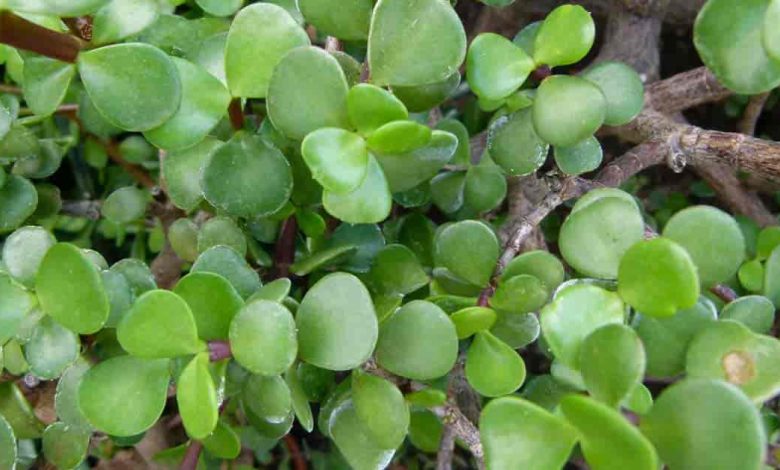
Portulacaria afra (known as elephant bush, dwarf jade plant, porkbush, and spekboom in Afrikaans) is a small-leaved succulent plant found in South Africa.
These succulents usually have a reddish stem and green leaves, but a variegated variety is also commonly grown. They are easy to care for and are easy houseplants to grow in a sunny spot.
In regions where there are no frosts, they can be sown outdoors.
Important points when planting Portulacaria afra
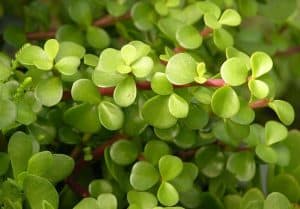 Where to sow? In full light. It needs a lot of sunlight.
Where to sow? In full light. It needs a lot of sunlight.- When? In spring or summer.
- How do we prepare the land? Removed, removing weeds. With normal garden substrate and ¼ of your and ¼ of sand, with good drainage.
- How do we water? with drip
- How often do we water? In summer, once a week. Rest of the year, wait for the soil to dry out and then water without excesses.
- Plagues and diseases? Resistant to pests and diseases. Only excess watering can endanger it.
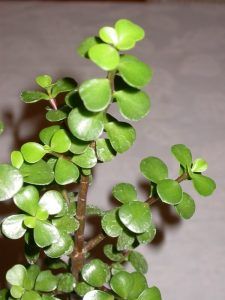 Characteristics of the Portulacaria Afra or Elephant Bush
Characteristics of the Portulacaria Afra or Elephant Bush
This plant belongs to the Portulacaceae family and includes a single species called Portulacaria afra.
It is native to South Africa, in tropical and desert areas and is known by the common name of portulacaria, elephant grass or tree of abundance.
It belongs to the group of succulent or succulent plants and can sometimes reach up to 5 meters in height. Its leaves, about 2 cm long, are oval or rounded, tender and juicy.
It blooms in late spring with small pink flowers in plumes.
When to sow the Portulacaria afra?
The right time to grow Portulacaria afra is in the spring, when the risk of frost has passed. Portulacaria afra can be transplanted every two or three years in spring, changing the substrate and trimming its roots a little.
Where to plant the Portulacaria afra?
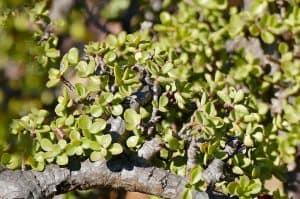 Portulacaria afra needs a location in full sun. If the environment is cold winter, it is necessary to grow it in a pot to protect it in the coldest season.
Portulacaria afra needs a location in full sun. If the environment is cold winter, it is necessary to grow it in a pot to protect it in the coldest season.
It can be grown in temperate climates but without strong frosts; locating them in pots, in greenhouses or in the garden.
They are used for hedges, in rockeries or in pots and also in the Japanese art of ikebana. It is an interesting plant to grow in gardens by the sea.
How to prepare the land?
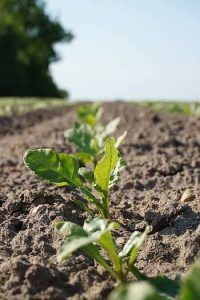 Among the factors that affect the good establishment and productive behavior of the portulacaria afra, are the adaptation to the soil, the climate and the different types of substrate.
Among the factors that affect the good establishment and productive behavior of the portulacaria afra, are the adaptation to the soil, the climate and the different types of substrate.
The most suitable for the cultivation of the portulacaria afra would be a specific soil for cacti, or to have a mixture of vegetable compost with river sand and clay of siliceous origin.
You can also have volcanic rock gravel, 50% with sand, or pumice stone, very porous.
Some horticulturists recommend growing Portulacaria afra in normal garden soil, but that the substrate contains 1/4 peat and 1/4 sand.
If the soil does not provide them with what the portulacaria afra plants require then they cannot grow, multiply or flower well and healthy. The most important thing for the preparation of the land for the cultivation of portulacaria is that it has good drainage.
How do we water the Portulacaria afra?
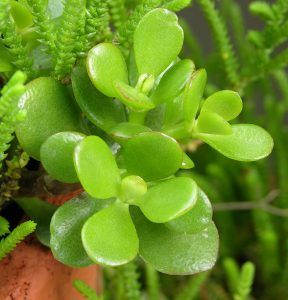 Portulacaria afra requires little irrigation, avoiding waterlogging of the substrate as much as possible, reducing irrigation to a minimum in winters in cold areas.
Portulacaria afra requires little irrigation, avoiding waterlogging of the substrate as much as possible, reducing irrigation to a minimum in winters in cold areas.
Like all succulent and succulent plants, it has the capacity to retain water, both in the trunk and in the small leaves, which allows it to withstand prolonged periods of drought.
Portulacarias afra can be watered once a week in summer and spaced out for the rest of the year.
It is necessary to be very careful with the amount of irrigation that is supplied to this plant, since an excess can affect it and even cause problems with fungi.
An unequivocal sign that the plant is receiving a lot of watering is that the leaves begin to turn blackish, and on the contrary, if it is receiving little watering, its leaves will begin to wrinkle.
Another important fact regarding the irrigation of portulacaria is not to spray water on its leaves because they tend to stain.
How do we sow a Portulacaria afra step by step?
Portulacaria afra can be planted in summer using cuttings planted in sand. It has a great capacity for stems to root and can be sown throughout the year.
To sow the portulacaria afra, by means of stem or leaf cuttings, the following steps can be followed:
- Cut the cuttings in spring or summer preferably.
- Dry, the cuts, about two days.
- Plant in a substrate that is sandy and moist in a pot or in a garden.
- Locate the crop in a well-lit area with a warm temperature, around 18ºC to 20ºC.
- Water the plant and check that the substrate is moist.
- It will begin to root in a few weeks.
What favorable associations does it have?
The association of crops of compatible plants produces benefits with respect to their cultivation separately, in addition to the use of light, water and/or nutrients.
Portulacaria afra is a succulent for which it could be cultivated with others of the same species since the requirements and care are the same for all these species.
What pests and diseases attack Portulacaria afra?
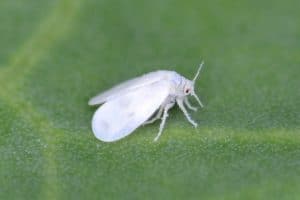 The portulacaria afra is a plant resistant to pests and diseases and its only danger is excessive watering, which can cause some problems with fungi and even kill the plant.
The portulacaria afra is a plant resistant to pests and diseases and its only danger is excessive watering, which can cause some problems with fungi and even kill the plant.
In the case of excess or lack of watering it can suffer from root rot. Portulacaria afra can be attacked, on very rare occasions, by mealybugs, whiteflies and mites.
To take care of it from the attack of these pests, it is necessary to inspect under its leaves and along the stem and eliminate them with a cotton swab soaked in alcohol, repeating the operation every 15 days, until they disappear.
How to reproduce or propagate a Portulacaria afra?
- Take a few stem or leaf cuttings and let them dry for a day or so.
- Dip the cut end in rooting hormone. I personally don’t see the need to use a rooting hormone but some people prefer to use it to speed up the process and also ensure success.
- Once the cutting has healed and dried, place the cuttings in well-draining potting mix. If you use leaves, you can stick them into the ground or lay them flat on the ground.
- Keep out of direct sunlight. Water the soil every few days or when it feels dry.
- After about two weeks, you will notice new roots growing.
- After about four to six weeks, the cuttings should be fully rooted and you will soon notice new shoots developing from the top.
- There you have it. It is very easy to propagate these plants from cuttings. In fact, I have them growing everywhere and use them as filler in many of my pots. I have also given many to friends.
Varieties of Portucalaria afra
Portulacaria Afra – Most common
The most common Portulacaria Afra is shown in the photo below.
It has emerald green leaves with a bit of reddish edges depending on sun exposure. Stems are light green when new, turning reddish brown and eventually brown.
Sometimes the stems of a Portulacaria Afra also develop cork bark when it is older, the photo below shows one of our Elephant Bushes that is over 5 years old with cork bark.
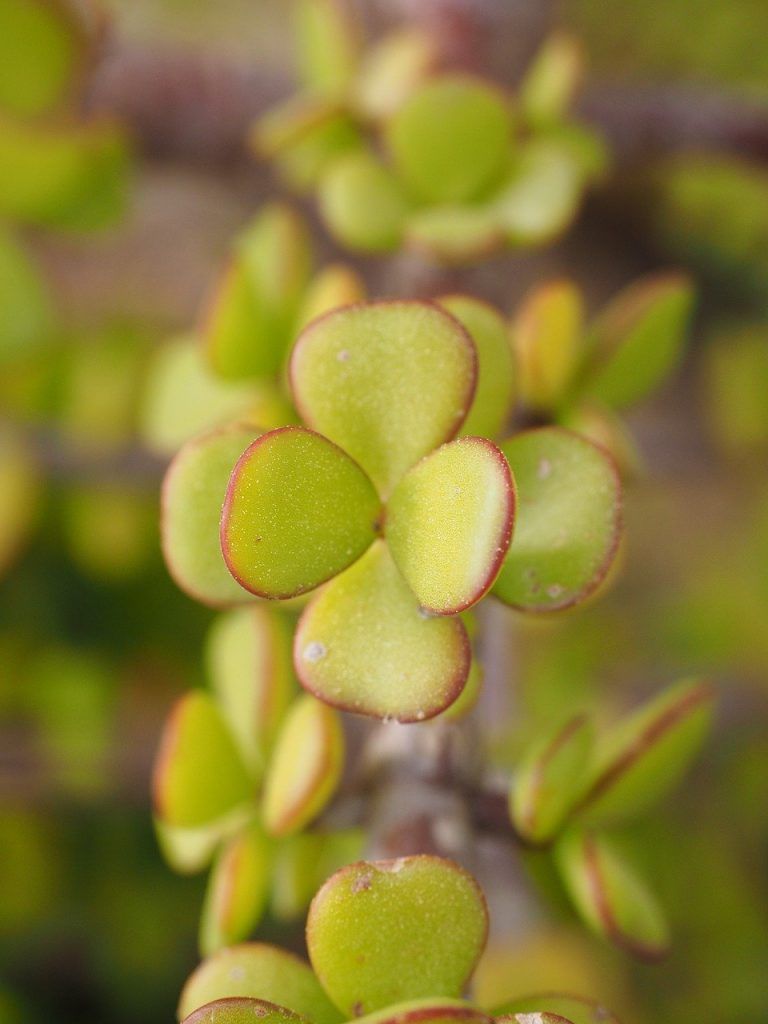
Portulacaria Afra ‘Variegata’-Variegated Elephant Shrub
There are quite a few types of Portulacaria Afra. The most common available in cultivation is Portulacaria Afra ‘Variegata’ – also known as Variegated Elephant Bush or Rainbow Bush.
It has qualities and characteristics similar to those of Portulacaria Afra, but the leaves take on an attractive shade of variegated stripes of cream and green.
Portulacaria Afra Variegata ‘Variegated Elephant Bush’ with variegated green and yellow leaves
The reddish-brown stems are also more pronounced.
They tend to grow laterally rather than upright like Portulacaria Afra. The care of these plants are similar and are detailed below.
Portulacaria Afra Elephant Bush Mammoth
The Mammoth Elephant Bush has large leaves, almost 2 times the size of normal Portulacaria Afra.
The leaves when they are old are not too shiny compared to the newly sprouted leaves. The stems are very similar to those of the normal Elephant Bush.
Portulacaria Afra Elephant Bush Minima «Lilliput»
The Elephant Bush Minima or Lilliput is very small. The leaves are very shiny and the stems are very similar to normal Portulacaria Afra. It is a recent discovery or spread in California.
Portulacaria Afra Rainbow Elephant Bush «Manny»
The Portulacaria Afra Arco Iris/Manny is a very good looking variant of the Elephant Bush. The leaves have more pronounced wavy patterns on the edges.
It also has some white stripe, this is a recent addition to our collection.
Bibliography and references
- My First Knowledge Encyclopedia. Snake plants and conservation. Published by Grolier Incorporated. New York, 1961. Pages 80-81.
digital database
- Consultaplantas.com. Care of the portulacaria afra plant or elephant bush. Reproduced from: http://www.consultaplantas.com/index.php/plantas-por-nombre/plantas-de-la-ma-la-r/650-cubiertas-de-la-planta-portulacaria-afra-o -bush-elephant
- Gardening plants and flowers.com. Tree of abundance or portulacaria afra, care. Reproduced from: https://jardineriaplantasyflores.com/fichas/arbol-de-la-abundancia-portulacaria/
- Cactusysucculents.org (2017, November 3). Portulacaria afra. Reproduced from: https://www.cactusuclentas.org/portulaceas/portulacaria-afra/#How to Multiply _la_ Portulacaria
- Ecured. Portulacaria afra. Reproduced from: https://www.ecured.cu/Portulacaria_afra#Cultivo

![Photo of The Ivy: [Planting, Irrigation, Care and Substrate]](https://www.complete-gardening.com/wp-content/uploads/2022/08/the-ivy-planting-irrigation-care-and-substrate-390x220.jpg)
![Photo of Chinese Jasmine: [Cultivation, Irrigation, Care, Pests and Diseases]](https://www.complete-gardening.com/wp-content/uploads/2022/08/chinese-jasmine-cultivation-irrigation-care-pests-and-diseases-390x220.jpg)
![Photo of How to Plant Boxwood: Complete Guide [Images + Step by Step]](https://www.complete-gardening.com/wp-content/uploads/2022/08/how-to-plant-boxwood-complete-guide-images-step-by-step-390x220.jpg)
